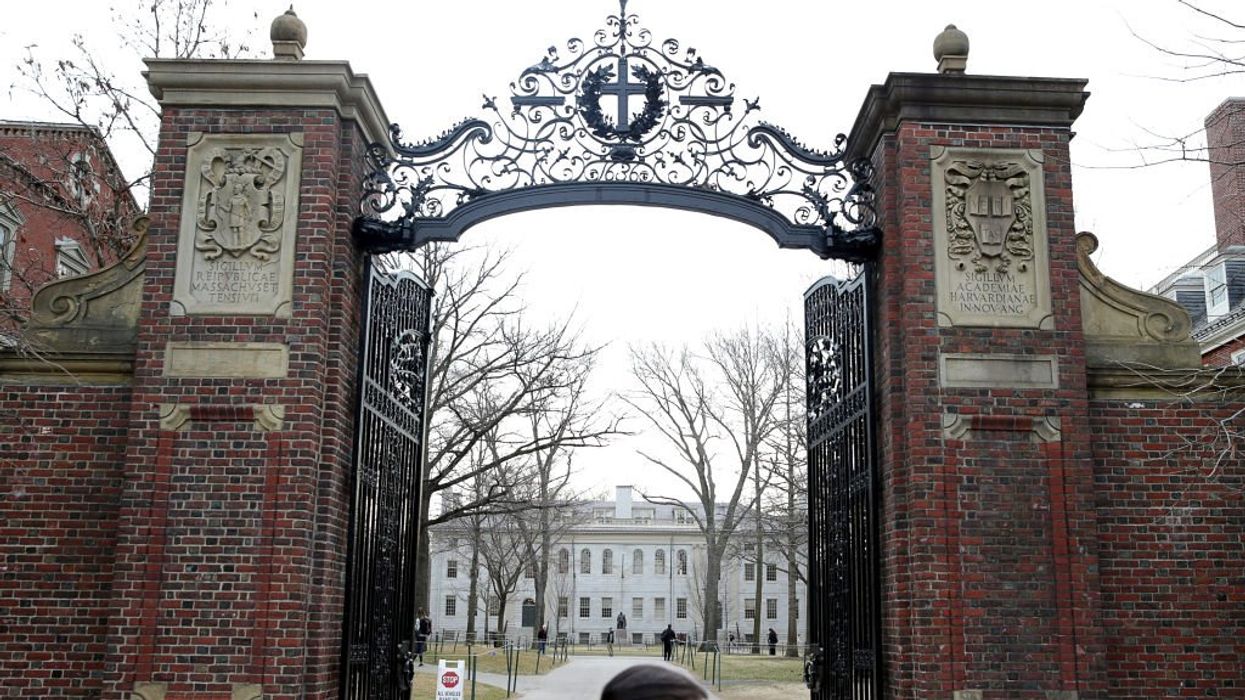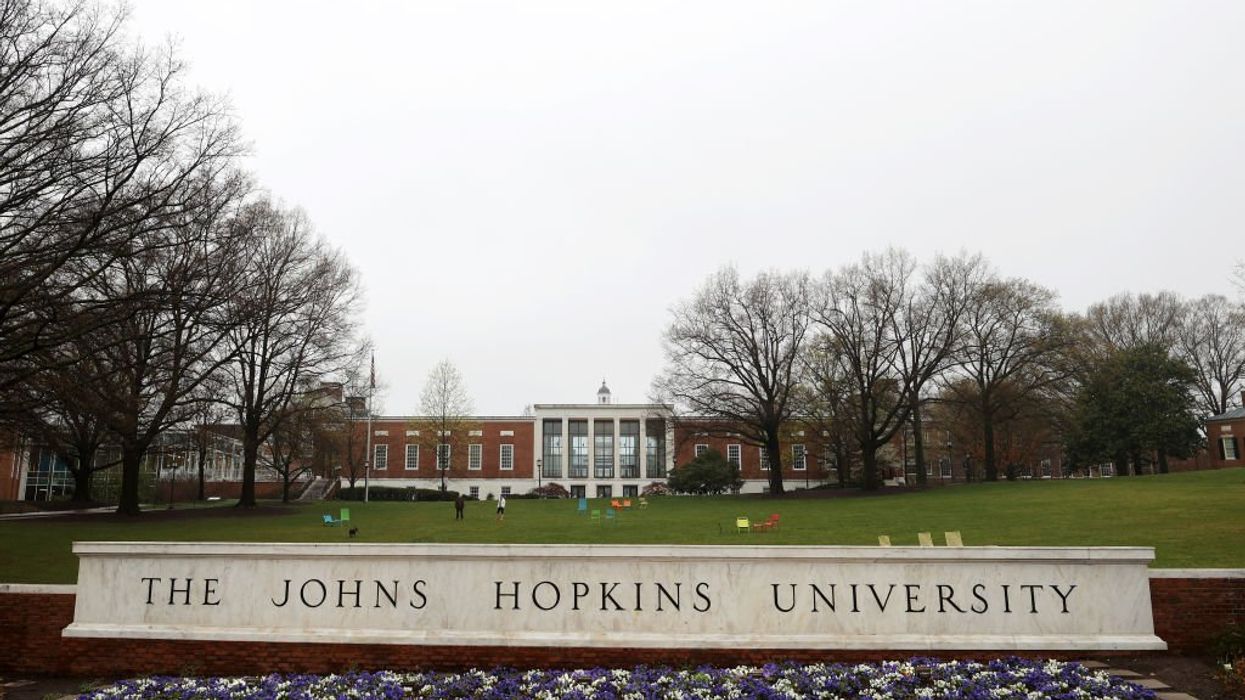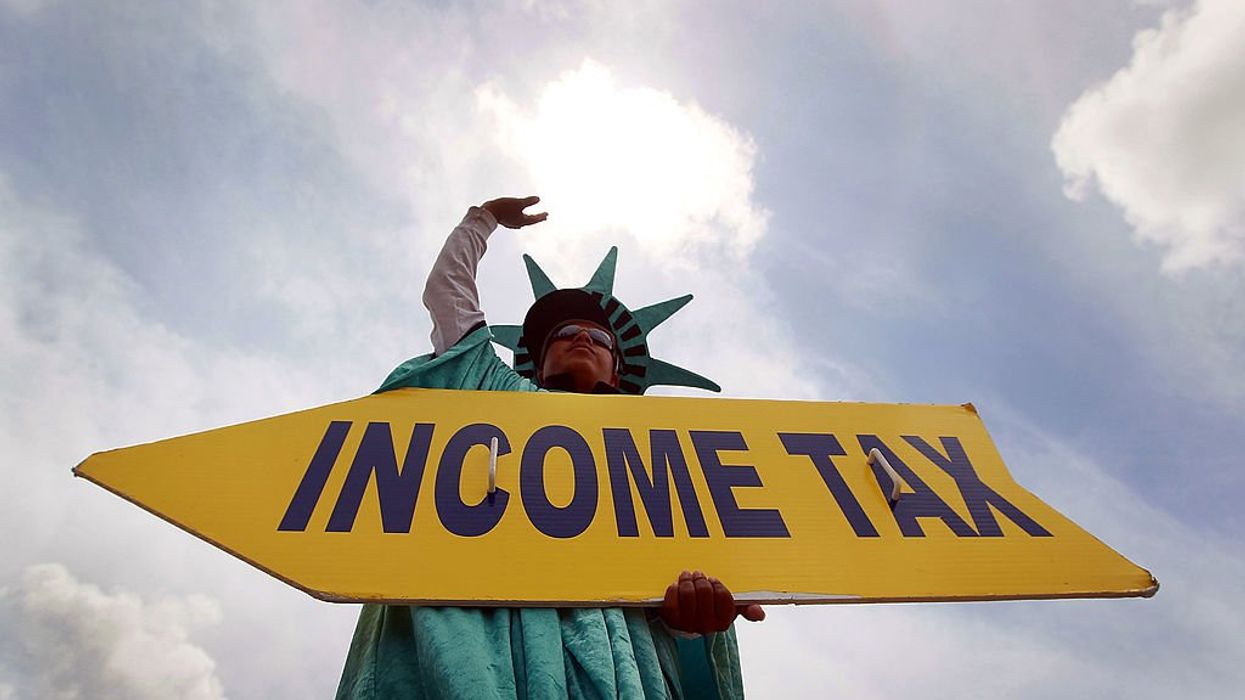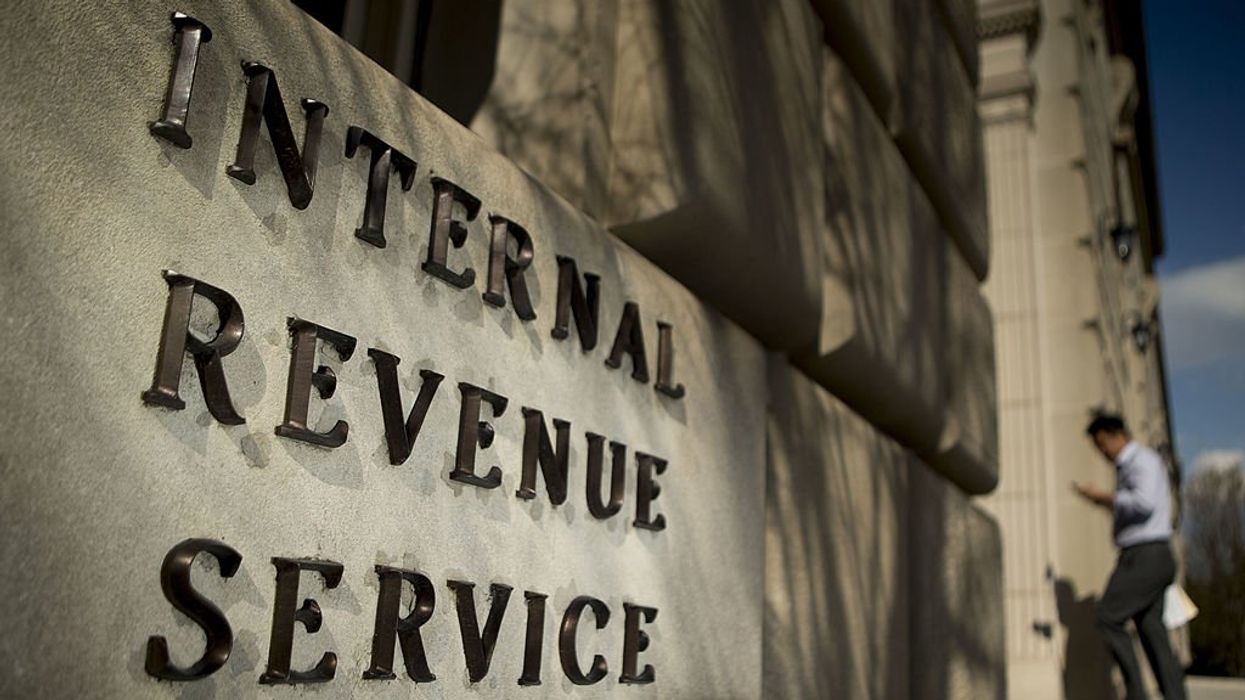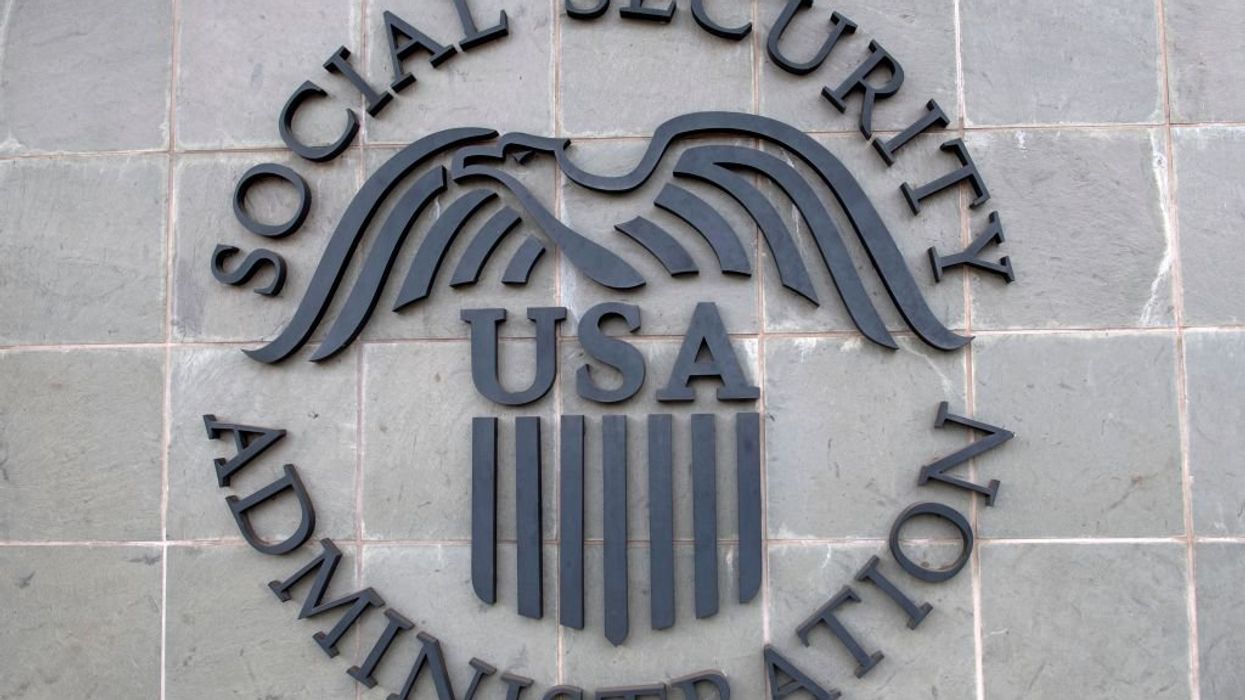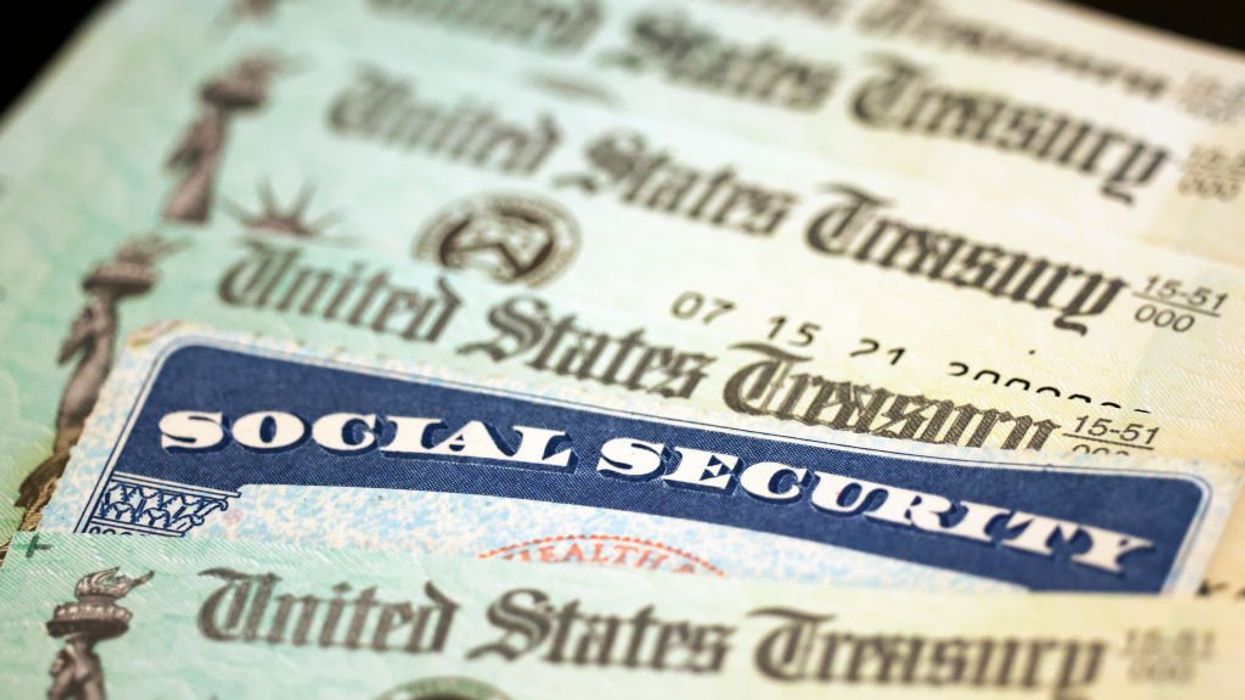GLENN: So let's change subjects here. Let me give you this. Here is a liberal writer, Curt Eichenwald. He works for MSNBC and Newsweek. Here's what he said about the Obamacare replacement bill. As one with preexisting conditions, I hope every GOPer who video for Trumpcare sees a family member get long-term condition, lose insurance, and die because I want them to be tortured. GOPers only gain empathy when they're touched with the consequences, never before.
Excuse me?
JEFFY: Special.
STU: Hmm.
GLENN: Now, Andrea Mitchell -- this is just pathetic -- Andrea Mitchell demands the HHS Secretary defend the white male members of Congress. Listen to this audio.
ANDREA: Let's talk about women. I mean, when we looked at the rose garden and the celebration of this on Thursday, they were all -- mostly all men and white then at that. There was no diversity there. Women's health issues --
DONALD: We have an amazing --
ANDREA: -- arguably are going to be disproportionately affected. Take a look at this. Obamacare includes maternity and newborn care, preventative care, mammograms, cervical cancer screenings, birth control. All of this under the essential package, no longer required under this House bill.
VOICE: Andrea, come on. Look at that picture. Congresswoman Diane Black, the chair of the Budget Committee. I was standing next to her. Seema Verma, the administrator of CMS. I was standing right next to her. This is --
ANDREA: Out of a group of dozens and dozens of people, you can cite two or three -- two or three women?
VOICE: These are prominent individuals who are leading -- who are leading in this area of health care. But the -- the goal, as I mention, is to make certain that every single American, men, women, rich, poor, old, young, have the kind of coverage that they want for themselves and their family. Not that the government wants them to buy. That's the change.
GLENN: Can I just --
STU: So weird.
GLENN: Can I just say? I am so tired of the gender stuff. I'm so tired of the black/white stuff. I'm so tired of it. Aren't we all supposed to be equal? Aren't we all supposed to be equal? Aren't we all -- aren't we all just supposed to look at each other as brothers and sisters? Isn't that it?
STU: Be judged on merit, right?
GLENN: Right. And judged on the merit of what things are. Why does everything now have to come down to, "You're in this category or that category. And have you thought about this category?" I'm thinking about human beings. Now, I'm not somebody who supported this bill. But this -- this stuff makes me want to defend the people who did even write the bill. Stop it.
STU: But what if the bill is fantastic or horrific. You don't make decisions on the bill, based on people's genitals. That is not the right way to -- you know what, I really respect your opinion, but you got the wrong genitals. Sorry. That's not a sensible --
GLENN: Hang on just a second. That doesn't even matter.
STU: Right. How do you even know, unless you ask them how they identify on a particular day?
GLENN: How they identify. Here's Andrea Mitchell. I would have loved for him to have said, "Andrea, are you judging these people by the way they are dressed? Are you identifying their genders by the way they look or the way they dress? You don't know how many there identify as a woman. How dare you, Andrea."
STU: Uh-huh. It's that ridiculous.
GLENN: It is that ridiculous. It truly is that ridiculous. And I'm just sick of it. Remember I used to say, "Spit yourself out of the system. The only way to survive is to spit yourself out of the system." Here's the big loogie that you're spitting yourself out. He's the one that you really -- everybody turns their head as you're getting ready to spit it out: Get out of this kind of debate. Just get out. Because there's nothing good that comes from any of this.
STU: But it's everywhere and it affects everything.
JEFFY: It sure is.

